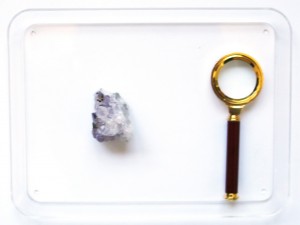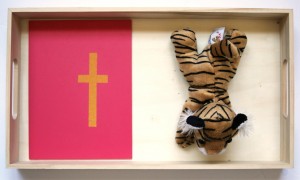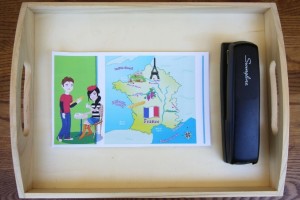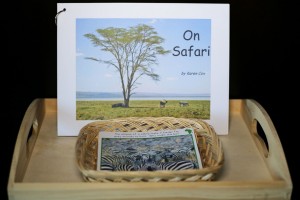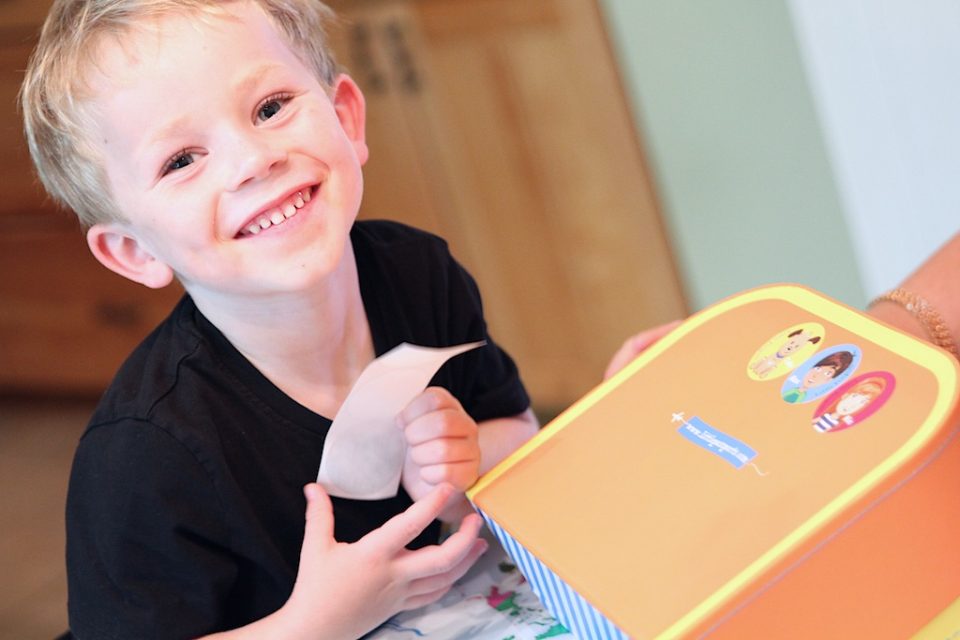
Inspire Your Child to Learn About the World!
This week, early education expert Deb Chitwood shares the fun and educational ways that you can use Little Passports to get kids excited about the world and geography at an early age. Read on to see examples of her creative ideas that she uses to inspire her own granddaughter!
5 Ways to Get Your Littlest Ones Excited About the World!
Do you wonder what to do with your younger ones when your older children are having fun with their Little Passports activities? Wonder no more! I’ve tried and tested ways to include my granddaughter, Zoey, in activities for Little Passports and discovered it is doable!
I’ve been able to include Zoey in activities with both the World Edition and Early Explorers. Although Early Explorers is the easiest to adapt for younger kids, it doesnt need to be the only edition to use with younger ages.
Whether you’re a homeschooler or simply want your little one to feel a part of the Little Passports fun, here are some ways that you can include them.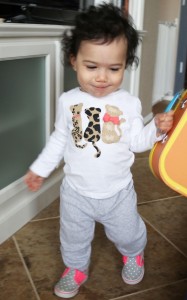
1. Give them a chance to play with the Little Passports suitcase.
I was reviewing the first Early Explorers package when my granddaughter was 12 months old. She was attracted by the bright colors and loved to carry the suitcase around. She also enjoyed opening and closing it and putting her stuffed animals in it. Those seem like simple activities, but they work on some important skills.
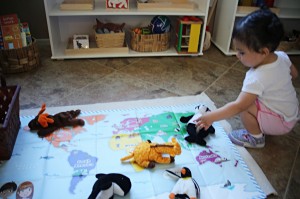 2. Use the Little Passports map with stuffed animals.
2. Use the Little Passports map with stuffed animals.
The size of animals will depend on the age of your kiddo and whether he or she is past the mouthing stage. My granddaughter enjoyed using Beanie Babies with the Early Explorers world map. We added the Beanie Babies to their matching place on the map, learning about where animals come from as we played.
3. Provide a road map with small vehicles.
To supplement the activities from my World Edition England kit, I printed out an England road map to use with small vehicles. That’s an activity that would not only be fun for older children but also gives them an introduction to the shape of the country. Again, choose the size of map and vehicle according to the age of your kid.
4. Prepare a special tray with any Little Passports souvenirs that are appropriate for a young child.
Often youll find a souvenir or activity in the Little Passports package that can be adapted for a younger child. Two of my favorite souvenirs for younger kids from the first year of the World Edition subscription are the amethyst from Brazil and stuffed Bengal tiger from India.
I recently prepared a nature tray with the amethyst that Zoey enjoyed observing.
She also had a lot of fun playing with the Bengal tiger plush. For any young child you could also include a photograph of a real animal along with their stuffed toy so they can draw a connection.
Or include a phonics activity with a sandpaper letter or other tactile letters while introducing the beginning sound of the animal’s or object’s name.
The World Sing-Along CD was a favorite from the Early Explorers Music kit. My granddaughter played our at-home rhythm instruments along with the music and did a lot of dancing to the CD.
5. Make a photo book.
This is especially good for kids who are book lovers. You can make a photo book or have one of your older children make a photo book for your younger children. Each of the countries in the World Edition has a country tour and photo pages in the online “Boarding Zone” that could be used for this project.
You could use a ring binder to prepare a photo book of laminated pages or have a tray for your older child to staple together the pages for a younger child.
The photo book with ring binder was one I found through Google, printed out, and laminated. There are many options for making photo books to go with your Little Passports packages.
Be creative in finding ways to include all your kids. Not only will it make lessons with your older children easier, but you’ll help your young ones develop a love of geography.

